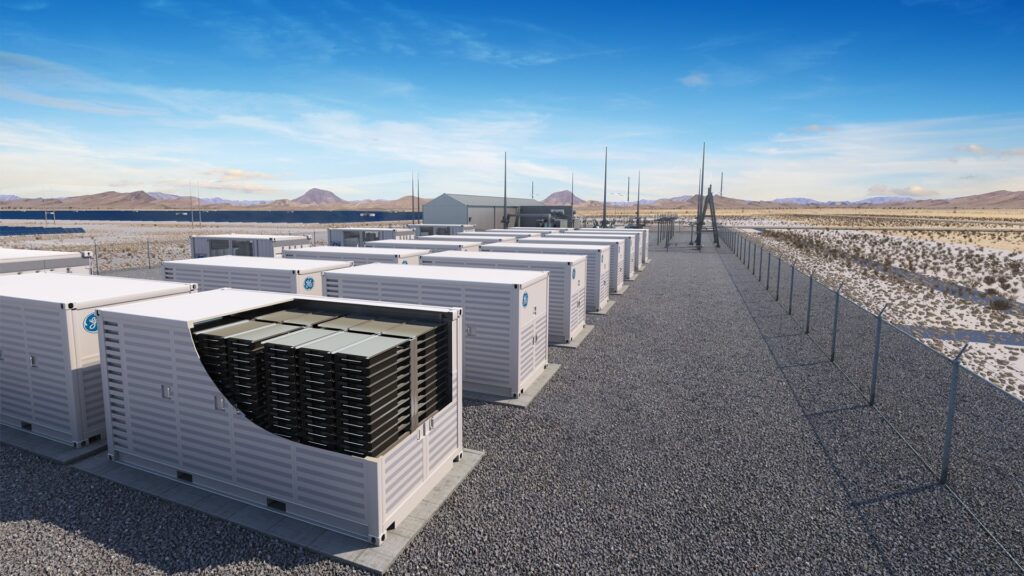In February 2019, Energy Toolbase published a policy update entitled “CPUC Approves Energy Storage Net Metering” that summarized the California Public Utilities Commission or CPUC’s decision to allow customers with energy storage systems (ESS) to receive credits for storage exports that are sent back to the grid, as long as the storage system charges entirely from solar. Prior to the Net Energy Metering (NEM) paired storage rules going into effect, ESS was considered a non-NEM asset, therefore it could not discharge energy to the grid and receive a net metering credit. Under the new rules, if the ESS meets the verification criteria that it charged 100% from solar, it becomes classified as a NEM-eligible device, and storage exports receive full NEM credit.
After a period of several months, we’re now pleased to report that two of three of California’s Investor-Owned Utilities (IOU’s): SCE and SDG&E are officially accepting applications for NEM paired storage systems. PG&E is expected to start accepting applications shortly, after having recently filed an advice letter for approval on the issue. The official rules governing the interconnection and operation of NEM Paired Storage systems in each IOU territory are located in their (NEM-ST) “net energy metering – successor tariff” rate tariffs, which contain all the NEM 2.0 rules and language (see hyperlinks below).
Eligibility Requirements:
The bulk of the new rules that the IOU’s finalized for NEM paired storage system eligibility have focused around verification requirements, so the utilities can verify the ESS charges entirely from PV, or that ESS does not export to grid. Previously, for ESS systems larger than 10 kW, customers were required to install additional metering hardware or non-export relays for verification. This could be time-consuming to get approval (in some cases reportedly up to nine months) and/or prohibitively expensive.
Now a new Underwriters Laboratories (UL) standard has been created to provide a better solution to this problem. The new standard is being referred to as the Certification Requirements Decision (CRD) for power control systems, which is an optional certification within UL 1741. Additionally, the CRD is a product safety standard for inverters, converters and charge controllers capable of riding through grid outages and managing grid reliability functions. The new CRD, however, has two certified operating modes: (1) ESS charges only from PV, and ESS can export to grid, (2) ESS can charge from PV or Grid, but ESS cannot export to grid.
Installers must use equipment that has achieved the new CRD certification and will be required to attest and verify that the system has been set to the correct CRD mode during the interconnection application process. Under the CRD, the system can only be retroactively switched to another mode by the manufacturer. The California Solar and Storage Association (CALSSA) has launched a webpage that will track equipment that has achieved CRD certification at: https://calssa.org/powercontrolsystems
What’s the Net Effect?
With the IOUs now accepting applications, solar + storage customers who have low amounts of 4 pm – 9 pm “on-peak” evening consumption, stand to benefit by now being able to export stored energy during the highest-priced period, as well as receive the premium compensation rate. Now that the CPUC has mandated all new solar + storage customers move to time-of-use (TOU) rates, which have much later evening “on-peak” periods. Allowing ESS to export during the later evening “on-peak” and receive the premium retail rate credit, makes storage more economically viable, and it enables storage to further hedge against the ‘value of solar’ erosion underway.
Updates in Energy Toolbase
Energy Toolbase has given users the ability to run storage dispatch simulations that allow ‘ESS exports to grid’ over the last couple of years. This is set in the ‘ESS Control Settings’ menu, by checking the ‘ESS can export to grid’ radio button. Users are responsible to make sure they also specify ‘ESS must charge from PV only’. Some of our ESS integration providers have communicated to us that they intend to enable this functionality very soon via their ETB integration, once they have achieved CRD certification.
Links:
- SDG&E NEM-ST tariff
- SCE NEM-ST – tariff
- PG&E NEM2 – tariff
- PG&E (AL) Advice Letter (5501-E-A)
- CALSSA NEM Paired Storage, List of Certified Power Control Systems
- UL 1741



